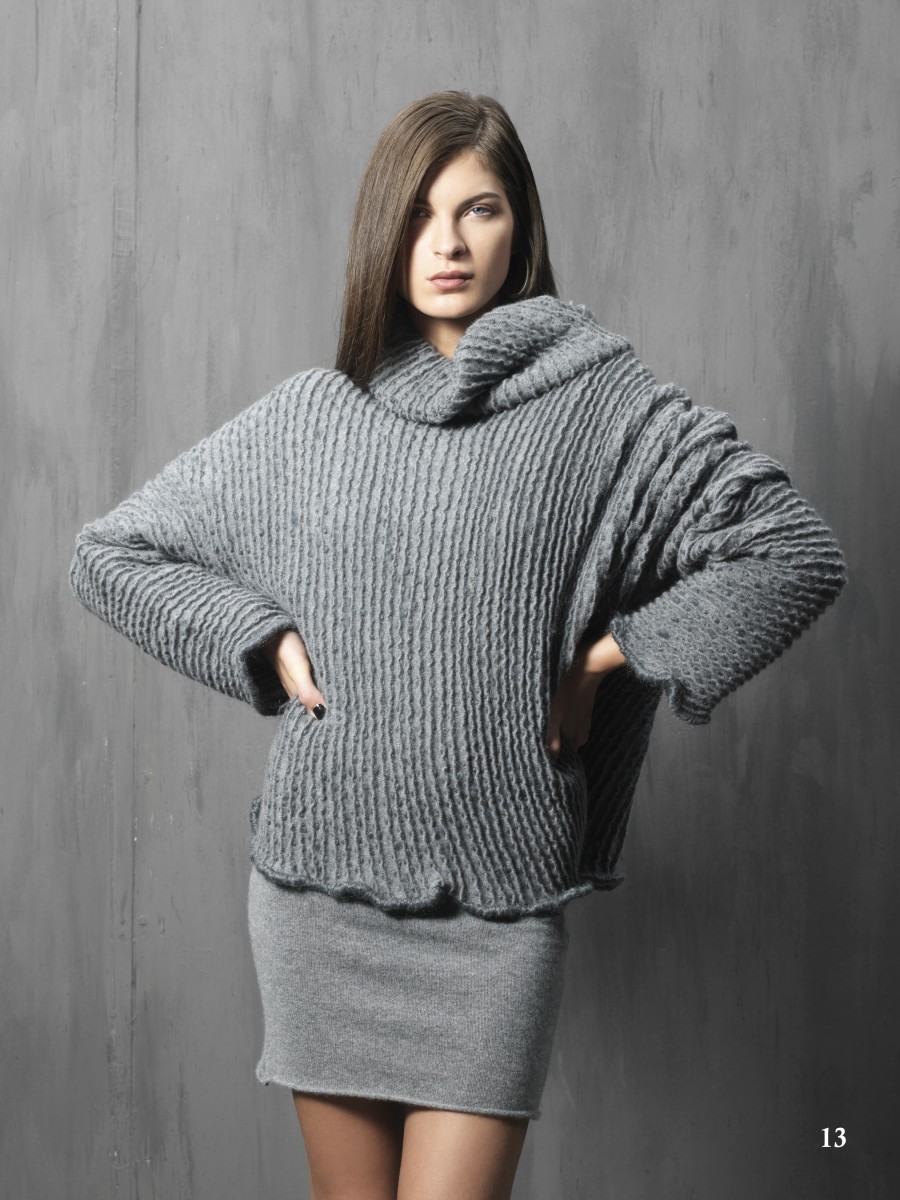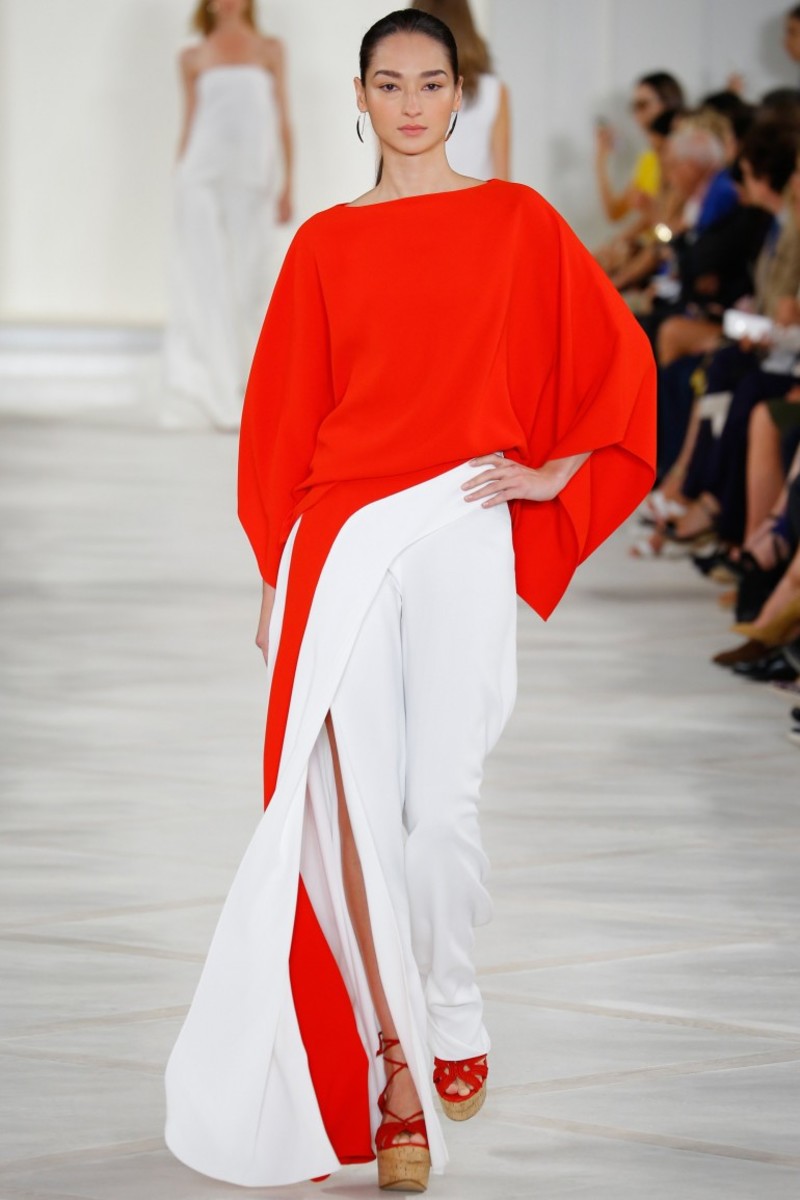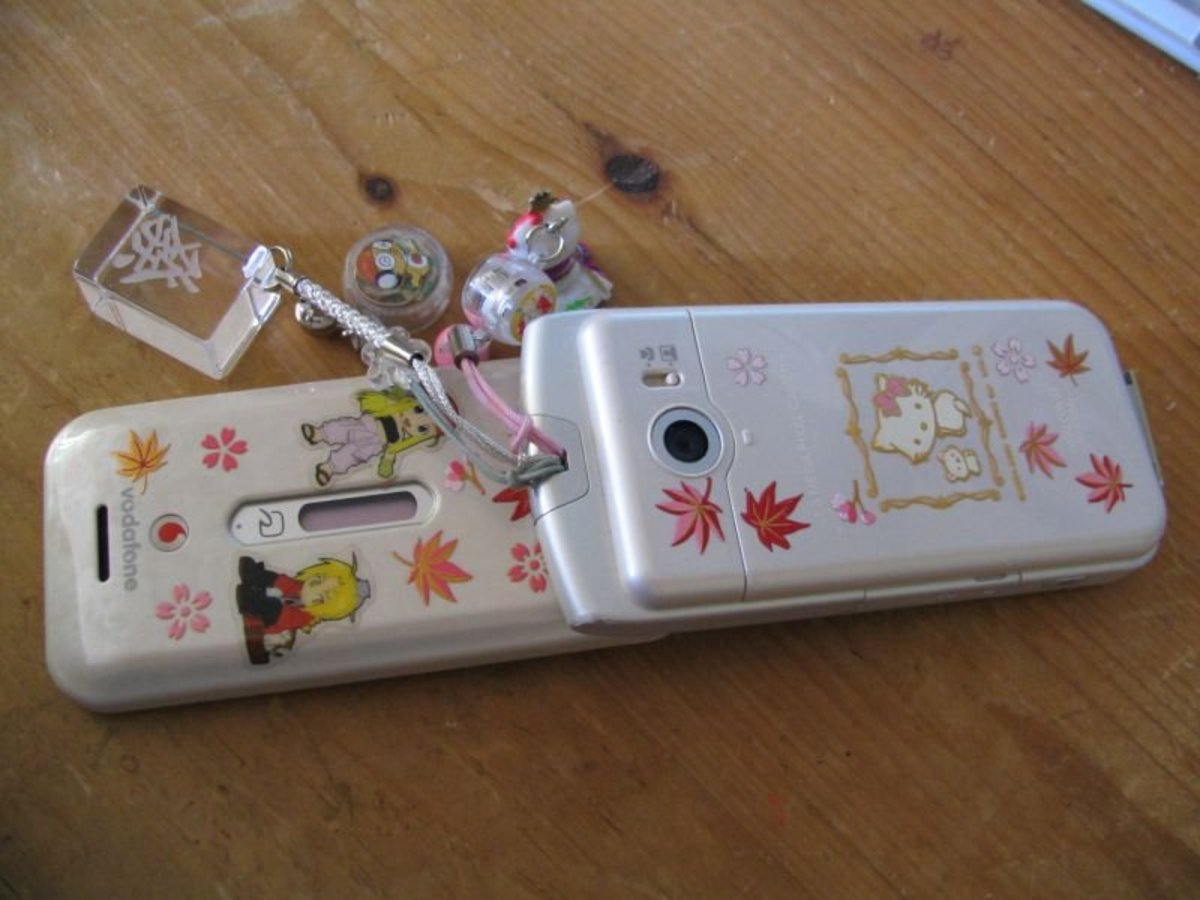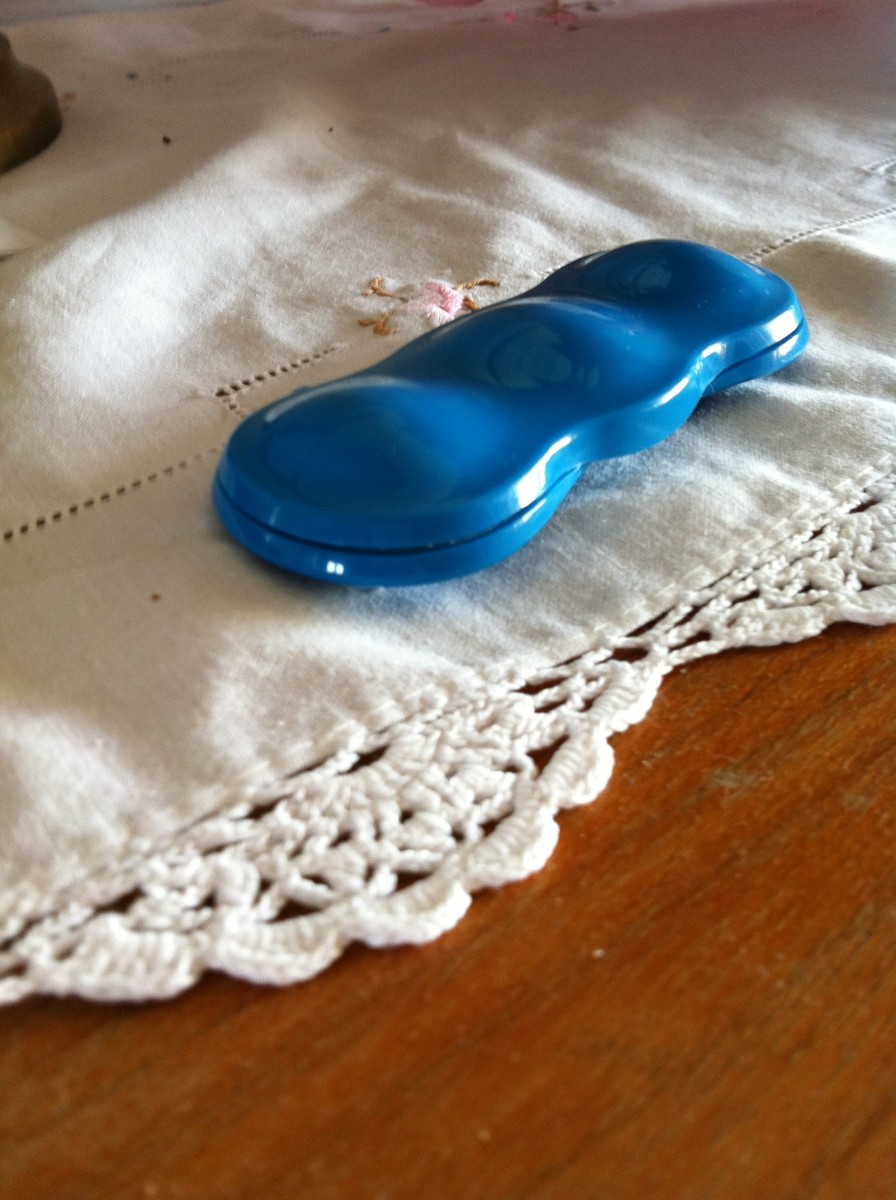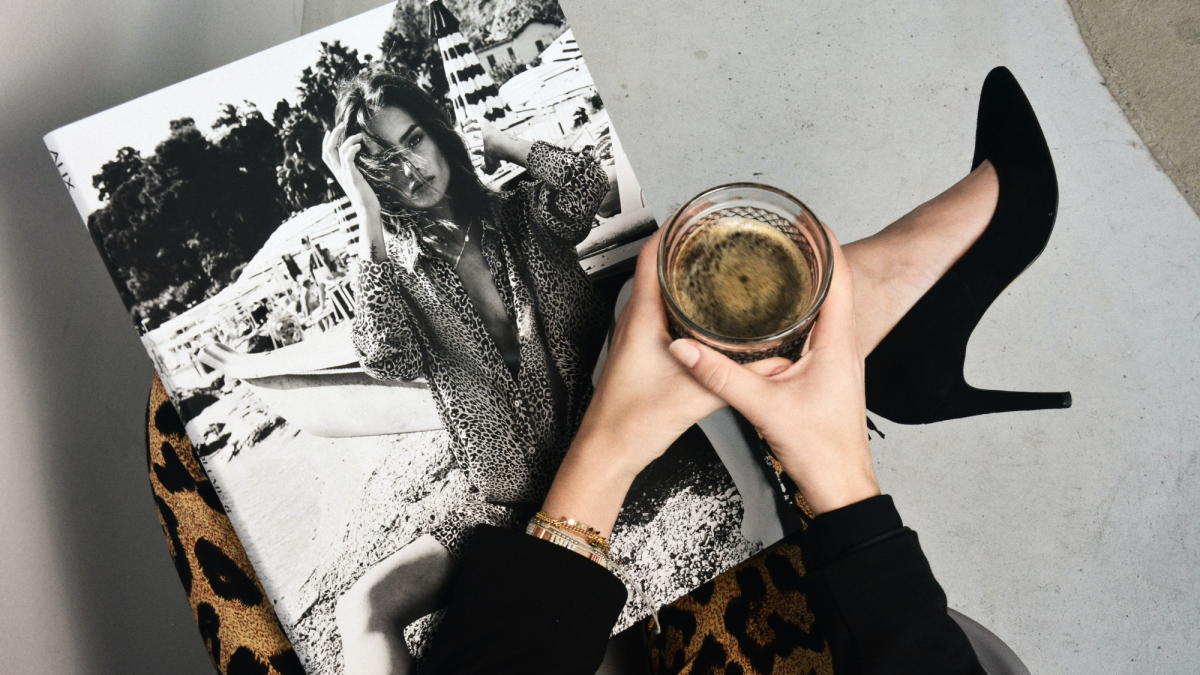The 7 Year Trend In Fashion Accessories: Fact or Fiction

Fast fashion or destined for a comeback…
I was out walking with my friend, Virginia, when she pointed to some stores that had been vacant for several years and said, “They’re tearing down the buildings and putting up a skyscraper. It’s the 7-year trend.” “What?” I said. “Every 7 years things turn around,” was her response. Really?
There’s the 7-year real estate cycle, the 7-year economy turn, even the 7 chakra life cycles. And the 7 fat and lean years in the Bible. Much has been said, speculated, and studied on this phenomenon and whether it holds up.
I have heard it many times throughout my career in the Fashion Accessories industry. So, I put it to my own homespun litmus test. Is there any weight to the 7-year pattern in fashion accessories?
I started by considering the prominent product I represented in the 1990s, the Topsy Tail™ hair accessory which peaked as a phenomenon in 1993 and reaped $100 million in sales worldwide.
Next were the lean years where we couldn’t give the product away. Then, interest escalated again, followed by yet another period of disinterest. Finally, by 2000, companies were clamoring to buy up the brand name. These peaks and valleys do resemble a 7-year trend.
Concurrent to the Topsy Tail™ cycle, the eponymous Scrunchie™ hair accessory also met its highs and lows. It sold $100 million in a similar time frame, with diminishing sales in the late 90s and early 2000s. In 2018, it popped up again at Balenciaga and other designer fashion shows alongside a reemergence on store shelves.
Most recently, the Scrunchie™ became a star at the 2019 Oscars. Actor Jason Momoa appeared wearing the late, great Karl Lagerfeld’s Fendi—a pink pastel velvet tuxedo with a matching Scrunchie™ to boot! Without question, there is a visible pattern to the Scrunchie™ story.
Next, I reflected on jewelry, belt, and scarf lines. For example, the 80s and 90s were a heyday for belts. But by the early 2000s, belt companies were going out of business. Similarly, scarves were on fire during that same period and have only recently begun to uptrend.
Clearly these two examples are outliers to the 7-year trend theory. But what else might such market changes tell us about our world/industry/times? The advent of the Internet and ability for a consumer to have an immediate grasp on and influence over the supply and demand of products has permanently altered the landscape.
Cycle and Recycle
I spoke to two long-term veterans in the Fashion Accessories industry to get their hypotheses on trends and cycles. Lisa Bruno-Cardaci, Executive Director of Accessor-eyes, a trend-watching company, weighed in on the thriving, disappearing, and reappearing trends.
Among her key points, Bruno-Cardaci revealed the psychological implication on fashion of living in a post-internet society. The consumer has become a widely informed and real-time influence on the market. “Today’s fashion consumer is not fickle. We are at a time where it is chic for the educated consumer to embrace their own personal style.”
In considering our time-based trend theory, Bruno-Cardaci responded, “I don’t think there is an exact ‘7 Year Itch’ as much as there is a cycle, usually 5 to 10 years for accessories determined by socio-economic consumer movements as well as apparel trends shapes and colors.” Then she elaborated on times and trends she correlated to socio-economic movements:
For the past few years, the Me Too movement, the recent recession, and our challenging political climate brought about more somber colors and subdued silhouettes.
This season, as shown on the academy awards red carpet, they were replaced with an explosion of colorful evening dresses, elaborate silhouettes accented with ruffles, feathers, flanges, capes, crystals, and fringe, and a plethora of ornate statement making jewelry, much of it influenced by the 1980s where over-the-top accessorizing was the norm.
As far as cycles go, and because we are 100 years away from the Roaring 1920s, I foresee the optimism of this era and its indulgent accessorizing also being a key influence for the next few years. It’s as if we are welcoming more happy and exciting fashions. Watch for elaborate lariats, flapper long strand necklaces, collar necklaces, bold bangles, and innovative rings to become a mainstay for the next five years.”
Counting in 7’s
Next, I spoke to John Michael Richardson (JMR), the designer of John Michael Richardson Jewelry, and an authority on resiliency as a business owner in the fashion accessories industry. After 35 years with his successful company, he had a completely different reaction to our inquiry.
When asked whether he could see a 7-year trend in the Fashion Accessories industry, he stressed that once a product has entered the market, those initial 7 years are critical to gaining people’s interest. He insists that if your business is not established in that first 7-year period, your product will flail and ultimately fail.
He states: “The stores that buy your product want to see it turn and continue to evolve artistically as well as the sales being consistent. If this happens over a 7-year period, they will stay with you.” He also points out the bigger picture trends of his own experience: “7 years to begin, and the next seven years into the Major Department stores. That is about how long we lasted before they moved on from us. And then another 7 years to reestablish ourselves in the Boutiques.”
Tracing Patterns
We cannot say with absolute certainty that the popularity of fashion accessories follows a 7-year trend. Similar to the skirt length theory which correlates the length of skirts to the confidence of the economy (“bare knees, bull market”), there are many factors, both social and political, that define a decade and influence its markets. The fashion accessories industry and its trends are not impervious to such factors. Yet, stories told by my colleagues suggest there is evidence to support that just as life is cyclical, so is our market.
So, is my friend right? Do things turn around every 7 years? In fashion accessories, we see something of a 7-to 10-year trending cycle. A loose recycling pattern, perhaps.
'What comes around goes around,’ so to speak, in the Fashion Accessories industry. And while not always specific to a 7-year trend, yes Virginia, there is a pattern over time. Really.
© 2019 Joan Lefkowitz

